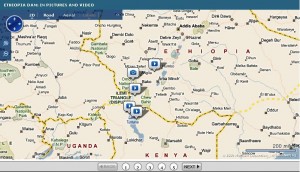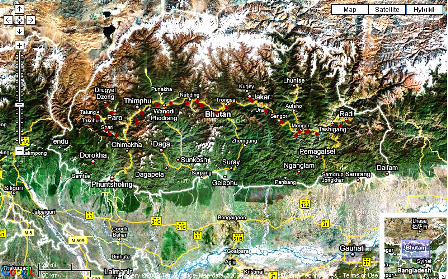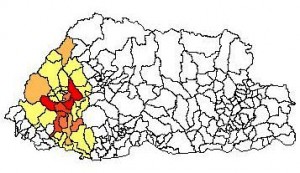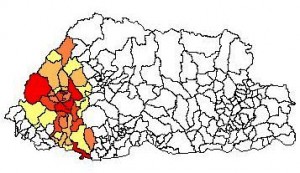“All gardeners are in zone denial.”
The zones in question are the U.S. Department of Agriculture’s Plant Hardiness Zones, which show where different garden species are supposed to do well. Gardeners, of course, think they know better, and will always try to push that envelope.
Anyway, the current version of the Plant Hardiness Zone Map was done way back in 1990, and needed updating. So there’s a new one coming soon. It’s bound to be different, in places very different. A whole new set of recommendations for gardeners to go into denial about.
USDA is not describing what the new map will show, but outside experts say that the trend is for zones to shift northward. “Some places have definitely warmed, although others haven’t changed at all,” says Tony Avent, owner of North Carolina-based Plant Delights Nursery and an advisor for the revision.
You can’t do much with the current map online, but the next version will be downloadable to your GIS. It will also be more sophisticated, with better data, better interpolation and better resolution (800m):
The revised map draws on 30 years of data and uses a complex algorithm to factor in other variables that affect local temperatures, such as altitude and the presence of water bodies.
Will some of the USDA’s clonal repositories (field genebanks) find themselves in the wrong zone?



